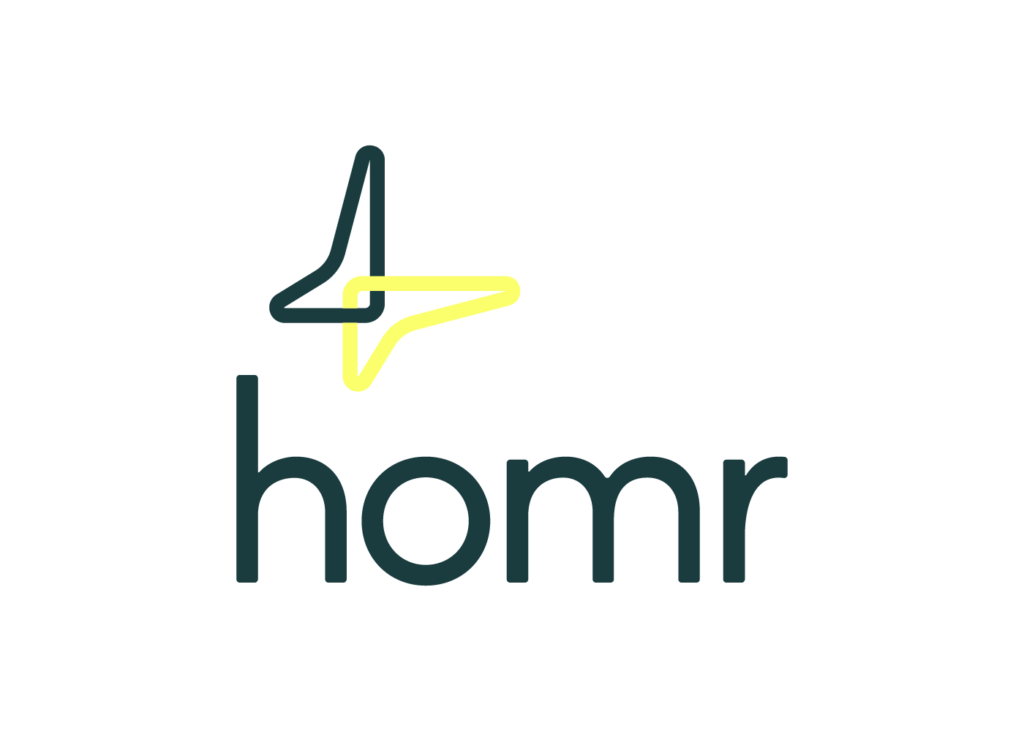The Kingston Health Sciences Centre implemented the mHOMR tool on two internal medicine units in 2018.
When Lori Van Manen and Dr. Danielle Kain started at the Kingston Health Sciences Centre (KHSC) in 2018, they were met with a “very cumbersome process” to identify patients who could benefit from a palliative approach to care. The process involved a manual comb-through of patient- and disease-related factors, demographics, and other variables in the medical record, with a focus on specific diseases like cancer or heart failure. The manual identification process made it difficult to stay on top of the information gathering, let alone getting to the ‘doing’ or taking action once a patient needing intervention was identified.
The KHSC team was introduced to mHOMR in 2018 and implemented the tool on two internal medicine units. This was part of a larger quality improvement project (QIP), known as “the Palliative QIP”, to improve the process of timely identification of patients who could benefit from a palliative approach to care. mHOMR had already been validated in an acute care setting, and the team was optimistic it would benefit patients at KHSC. mHOMR, a modified version of HOMR, uses administrative data points that are available in the electronic medical record at the time of admission to automatically calculate risk scores of individuals with an elevated risk of death in the next 12 months for all patients as they are admitted to hospital. It then prompts the nursing team to assess palliative needs and consider palliative and end-of-life care interventions for patients with an elevated mortality risk.
“Once we could automate this process, we could use it to our advantage to shorten the time of identifying who to approach,” said Lori Van Manen, Director of Renal Services and Palliative Care at KHSC. During the implementation phase, the KHSC team observed that their hospital tends to see a higher number of older, more multi-morbid and frail individuals in its acute medicine units than some of the other centres participating in the HOMR initiative. They saw this as an opportunity to engage in quality improvement work, not just in identifying patients but in putting their “own spin on it based on the needs of our particular population,” said Kain, a palliative care physician at KHSC. They subsequently modified the mHOMR trigger threshold to better accommodate their specific patient populations and workload capacity.
A Team Approach
During the pandemic, there was fewer staff and increased turnover of staff on the unit. It became difficult to implement and maintain certain processes and standards, and nursing staff became frustrated by the added workload. They needed to make a change. One example was completing an assessment form, called the Edmonton Symptom Assessment System (ESAS) – a validated tool used to help assess symptoms common in palliative patients.
“When we couldn’t get traction on getting the ESAS completed, we asked ‘who else could do it besides nurses?’” said Van Manen. “We found that several other members of the team can, and will, do it.” Everybody on the unit got involved. Social workers completed the advance care planning (ACP) readiness assessment. Personal Support Workers (PSWs) were trained to explain the ESAS tool to patients or do it with them if the patient was not capable of completing it themselves. Nursing Support Assistants also explained the tool to patients, if they felt comfortable, using the script developed by the team at the William Osler Health System. With over 15 hospitals implementing the HOMR tool, there is increased opportunity to learn from and support one another.
“We had ideas about what could ultimately benefit the patient, many of which were coming from different disciplines. All these pieces of yarn had a pretty colour, and now we’re knitting a sweater,” said Patient Experience Advisor Patti Cox.
In line with this team approach, the KHSC nursing team developed a care path based on the ESAS assessment, which was fine-tuned and enhanced with meaningful input from Patti and other members of the Palliative QIP. For each ESAS symptom, the path lists care interventions that the nursing team might consider using. Further, for ESAS scores reported as moderate or severe (a score >3/10), the care path tool would empower nurses not only to do their own interventions, but also to make suggestions for referrals (“suggest orders”) to other services, like Spiritual Health, Physiotherapy, Occupational Therapy, Registered Dietician, etc., as needed. Once the ESAS was completed, it would be provided to the patient’s nurse, who would then review the symptoms, flip over to the care path side, and decide which interventions—if any—would be appropriate for their patient. “A nurse can use that validated [ESAS] tool as their reasoning to go to a physician and say that a patient needs palliative care specialist expertise. That’s the piece that has empowered nurses to maximize their scope and advocate for their patients like never before,” said Nancy Lee Brown, a Palliative Care Clinical Nurse Specialist at KHSC. Dr. Kain then liaised with the physician teams to ensure that when nursing made suggest orders for a palliative care specialist referral, the treating team would sign-off on that order.
“The most important measure of success is we had an entire team working on this,” said Kain. “The reason we were successful [implementing the HOMR tool] is because we worked as a team.”
Looking Forward
The HOMR implementation team at KHSC recently received a request to implement mHOMR in a step-down critical care unit at the hospital. The staff on this unit heard about the pilot mHOMR project and were interested in how they could advocate for patients with palliative needs. “We’re now having conversations with that group as to how they would like to implement the mHOMR tool,” explained Nancy Lee Brown. “Would the care path that we developed with the nurses on the medicine unit be applicable, or would they want to tweak some of the interventions?”
Brown is enthusiastic about this progress. “It’s absolutely ideal when somebody is asking to implement something like this,” she exclaimed. “We are working together to facilitate support for a need they’ve identified.” A future step is to measure the patient and family experience as they move through the process, providing another essential opportunity for feedback and improvement.
Learn more about the KHSC here.

